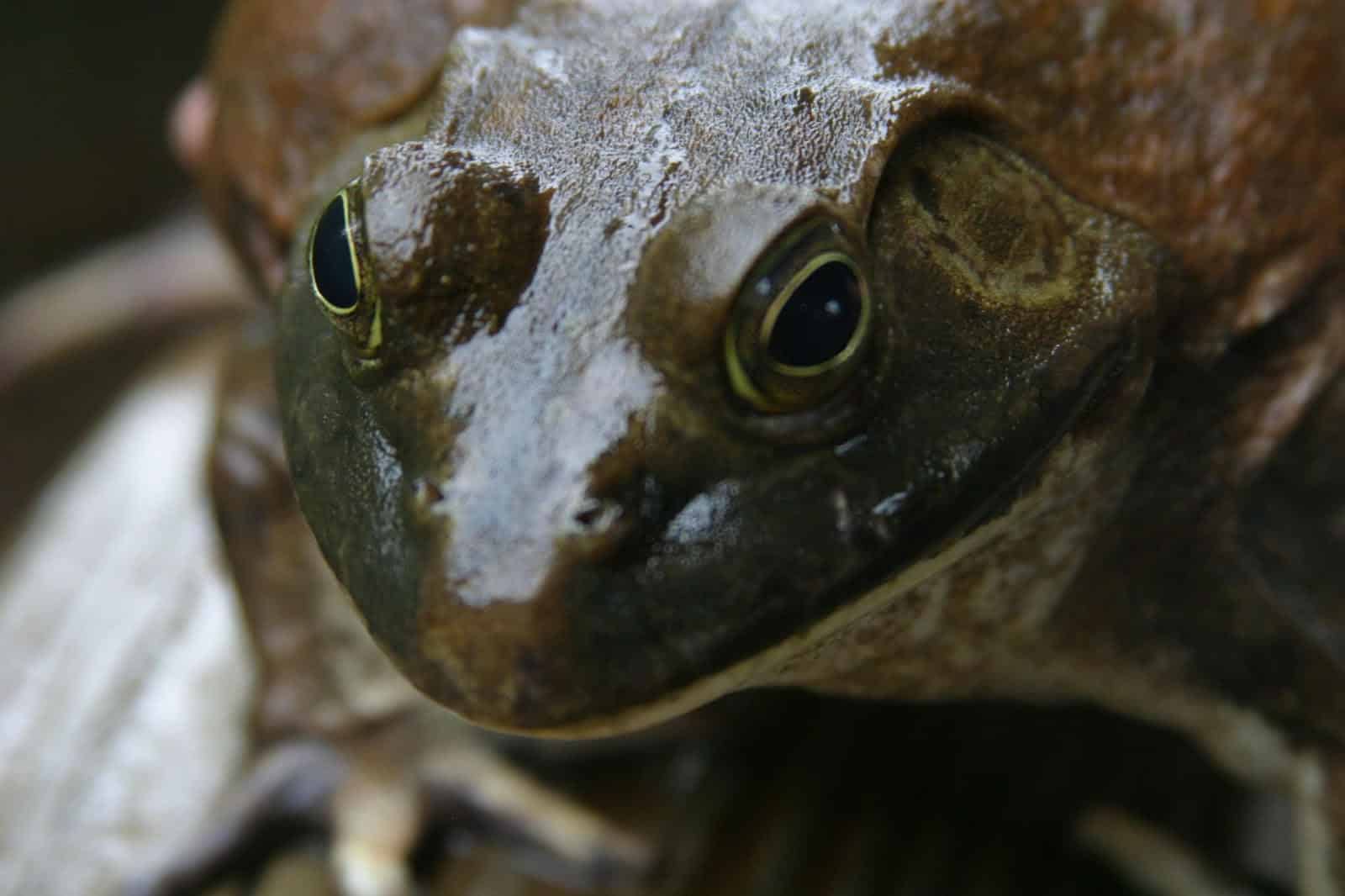Dove days on the horizon
BY Chuck Long
ON 08-11-2021
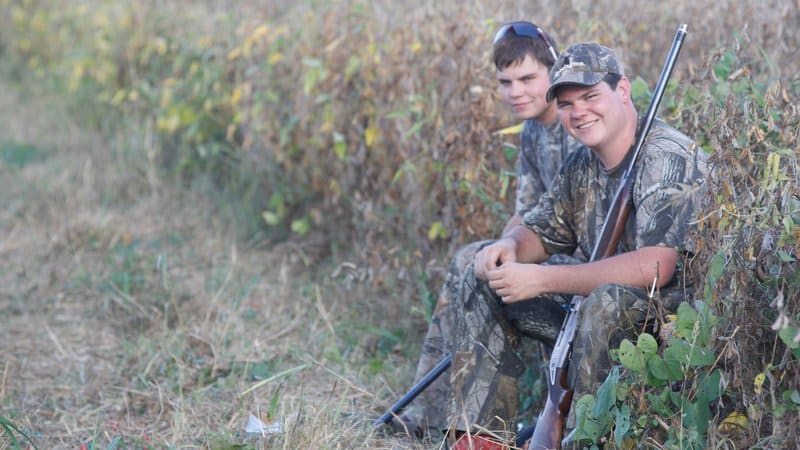
Aug. 11, 2021
Chuck Long
AGFC Northeast Regional Educator, Jonesboro
JONESBORO — The traditional kickoff for hunting season happens in early September as hunters take to the field in pursuit of doves. Most hunters will simply find a likely looking grain field or other feeding area and have a seat on a bucket along the perimeter and hope a few fast flying doves pass within range. This technique can provide some action, but a more tactical approach to dove hunting can yield a heavier game bag. With the investment of a little scouting time, the hunt can be much more enjoyable and effective.
General scouting for doves is as simple as miles on the vehicle. Dove concentrations are usually very visible and a drive through the countryside will often reveal areas holding populations of birds. Birds on highline wires or along the roadsides picking up gravel are the first signs of a promising area. One or two birds might entice a slow down, but bird numbers of 10 to 15 will give a better indication that there is a concentration nearby.
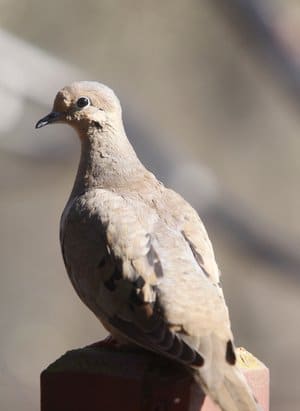
Once a general area that has bird activity has been found, the observation should become a little more focused. Watch the birds for a period of time and try to determine the general flight path and this could give a clue to a feeding, loafing or watering location.
One important note, most of the dove hunting in Arkansas takes place on private ground, so permission to use the property is essential. It might take some legwork to find ownership and get permission, so figure that step into the scouting plan. A map of the area that details ownership will be beneficial, whether it be a paper copy or one of the online mapping services. A stop at a local café, convenience store or farm shop can also be helpful in finding the landowner or farmer. In familiar areas where permission has been granted in the past, a courtesy call to the farmer or landowner is a good idea so they will not be surprised by someone hunting the property.
After permission to a promising field is secured, many hunters will rush into the field and hope a few birds dip within range. A few minutes spent in observation can often boost the opportunity for success.
A dove field is much like a fishing lake; some areas are more productive than others. Taking a few minutes to identify these areas can drastically improve success. A quick glance around the field edges can reveal corridors doves are using to enter and exit the field. Any gap in a treeline is a possible crossing that doves would likely use. Dead trees along the border are often dove magnets as well.
There will be areas in the field that will attract more doves than other areas. Low spots tend to draw doves better than the higher sections of a field. Grassy, weedy patches out in the field will also often attract doves as that area can provide a variety of seeds on which the birds like to feed. An old house place is often a stopover for doves as they go in and out of a field. A bare roadbed or other area where there is minimal vegetation is also attractive to passing birds as they like to use those areas to loaf and pick up grit.
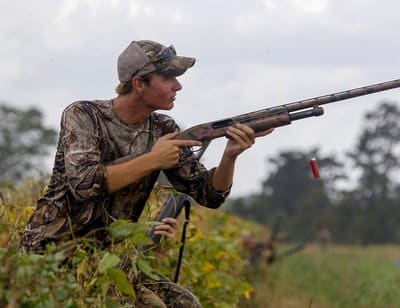
Another factor to consider in choosing a specific hunting location in the field is the ability to hide. Doves are not overly skittish but they will try to avoid anything in a field that looks out of place. A little camouflage and some natural cover will increase success in any dove field.
One of the great things about dove hunting is the simplicity of the equipment needed. Any shotgun can be an effective dove gun and light load ammunition is the choice of most dove hunters. Guns must be plugged to hold no more than three shells. Many hunters will use a light vest to carry ammo and harvested doves as well as a bucket or stool to sit on while waiting in the field. A spinning wing dove decoy can be an effective tool to get the doves a little closer and provide a higher percentage shot.
If you would like more information on dove scouting, there is video on the Forrest L. Wood Crowley’s Ridge Nature Center Facebook page that provides great information. The video can be found at this link. https://www.facebook.com/146852518787031/videos/328014708399002.
Along with the scouting video, click on www.agfcnaturecenter.com to find some great recipes for the doves after they have been bagged.
Dove season begins in Arkansas on September 4 and the limit is 15 birds. Shooting time begins one half hour before sunrise and continues till sunset each day.
Recent News
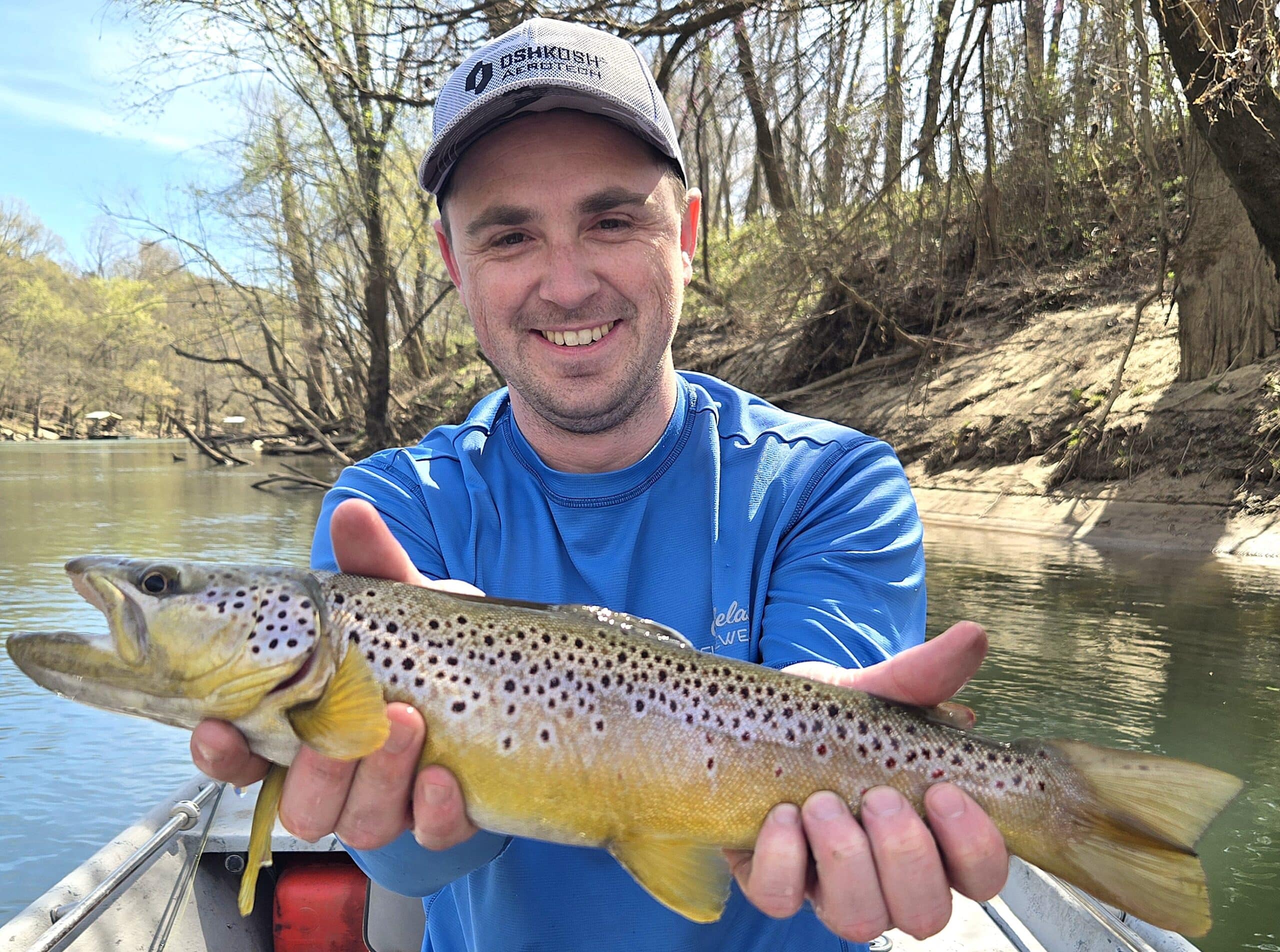
Arkansas Wildlife Weekly Fishing Report
Apr. 10, 2025
Subscribe to Our Weekly Newsletter E-mails
Don’t miss another issue. Sign up now to receive the AGFC Wildlife Weekly Newsletter in your mailbox every Wednesday afternoon (Waterfowl Reports are published weekly during waterfowl season and periodically outside the season). Fishing Reports arrive on Thursdays. Fill in the following fields and hit submit. Thanks, and welcome!

